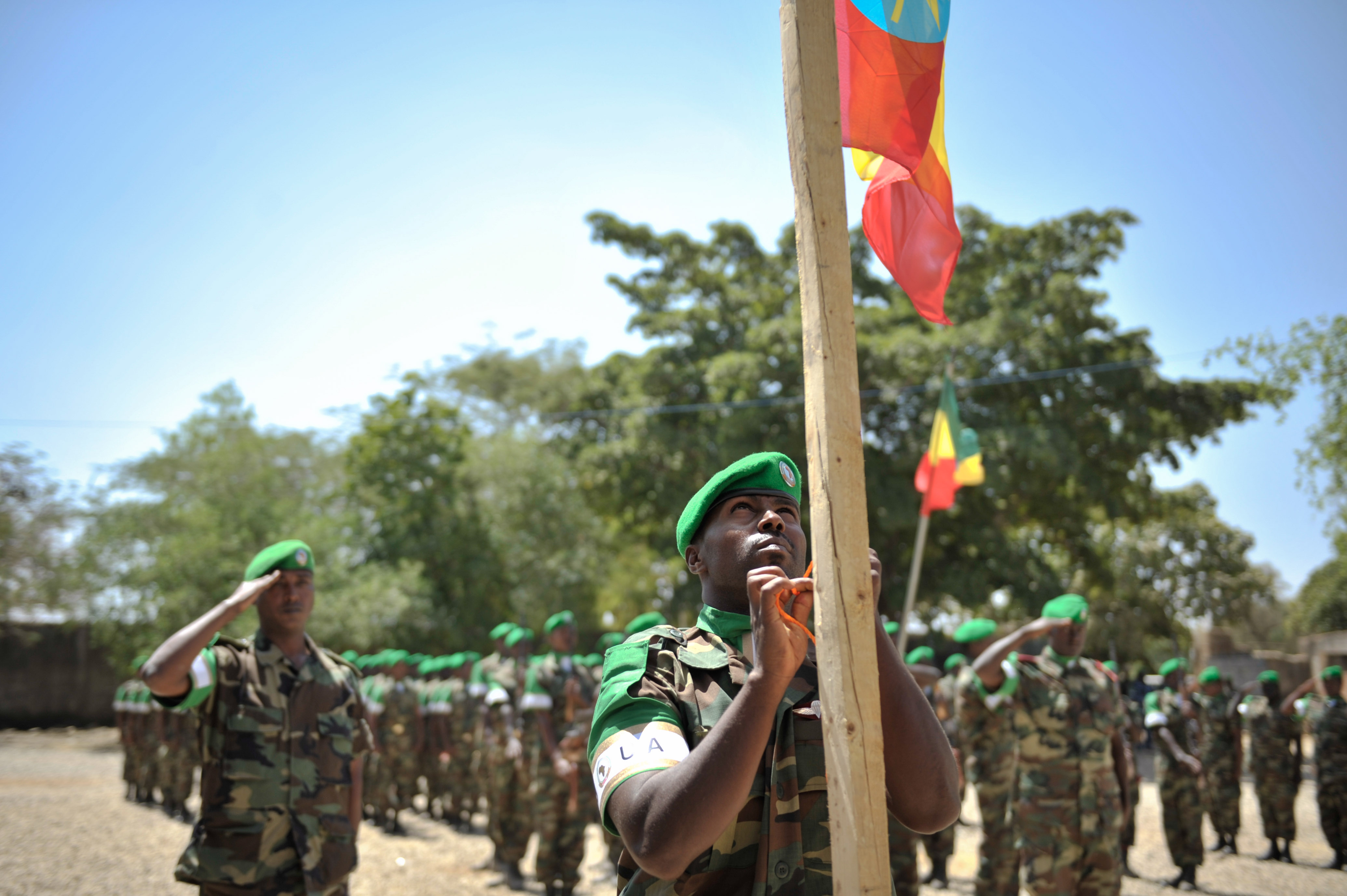| 07 January 2021
The operation conducted by the Ethiopian Federal Army in the northern Tigray region threatens to trigger a further wave of instability in one of the most vulnerable areas of the world. Ethiopia is the keystone of a very fragile arc of instability that has Afghanistan on one side, and Libya on the other. Accordingly, it would be narrow-minded to consider the impact of the current crisis on the Horn of Africa alone. By examining it from a regional angle, it is possible to identify a variety of issues that render the context highly volatile. These concerns range from the outstanding dispute over water in the Nile Basin to the two proxy conflicts in Yemen and Libya, passing through the complex Sudanese political transition to the weak sovereignty of the Somali government. The scenario sketched thus provides both the suitable milieu for the spread of transnational challenges – Islamic radicalism, internally displaced persons, human smuggling, piracy, warlords – and the ideal arena for competition among external actors.
AD

Since 2011, the most fragile countries of the above-mentioned arc of instability have become the battleground of the new cold war among the leading players of the Middle East. As in post-World War Two, the United States and the Soviet Union brought competition and clashes into the so-called ‘Third World’, nowadays, the small-to-medium Middle Eastern powers have broadened the arena beyond traditional regional borders. Among the determinants of this dynamic are both the opportunity offered by the permissive multipolar order at the global level and the need to preserve domestic order. Specifically, to avoid spillover effects that would threaten the survival of their regimes, the Middle Eastern players have exploited the fragility or even the collapse of some states (Yemen, Libya, Syria, Somalia, Sudan, Iraq) to export competition into third country contexts. The struggle has in some cases turned into violent conflicts, either through direct intervention (Syria, Yemen) or through the backing of local groups (Libya). In other cases, it has become a war of friction aimed not only to gain influence but, above all, to reduce rivals’ gains. The relational concept of power drives the current Middle Eastern chessboard. The Horn of Africa, due to its strategic centrality (Red Sea, Yemen, Suez) and its historical-cultural proximity, has witnessed a process of gradual ‘Middle-Easternisation’ in recent years. In other words, local dynamics have been partly absorbed and partly superseded by regional logic and interactions.
Ethiopia has partially escaped from these logics thanks to its political and economic weight. Further, Addis Ababa has tried to profit as much as possible from the Middle Eastern scramble. Evidence of this can be found in the fact that all the Middle Eastern players have tried to nurture diplomatic and trade relations with Addis Ababa. Recent developments, however, seem to have thrown Ethiopia into the melee. In 2018, the rise of Prime Minister Abiy Ahmed Aly to government has been marked by the normalisation of relations with Eritrea. The ‘peace-cum-security pact’ was signed in 2018 in Jeddah. Far from being symbolic, the choice was indicative of the role played by two Gulf monarchies – Saudi Arabia (KSA) and the United Arab Emirates (UAE) – in the rapprochement between Eritrea and Ethiopia. Few international observers at the time of the signing imagined that one of the Ethiopian prime minister’s mid-term goals was to hit the Tigray (Tigray People’s Liberation Front, TPLF) elite. A target that has become evident in recent weeks when the advance of the Ethiopian army toward Tigray’s capital, Mekelle, has been supported politically and, according to the TPLF forces also militarily, by the Asmara government. On the ground, the fight between the Federal Army and TPLF troops has been determined by drones. The drones take off from the base of Assab that is operated by the UAE, formerly used as a base for its military operations in Yemen.
Despite the TPLF’s allegations, it is not possible to assert a direct involvement of either the KSA or the UAE in the Ethiopian crisis. However, it is also appropriate to consider their role from behind the scenes. In so doing, it should be noted that although the regional policy of the KSA and the UAE is usually portrayed as a shared one, in practice there are several points of disagreement. Different positions have emerged in two regional scenarios where the KSA and the UAE are involved and operative: the war in Yemen, and the transition in Sudan. Even the stance that the two Gulf monarchies have adopted in the wake of the recent U.S. presidential elections would seem to distance them from each other. There has been growing concern in Riyadh that the Biden administration may assume a less tolerant attitude towards Prince Mohammed bin Salman’s methods. The comeback on the political scene of the Saudi King Salman bin Abdulaziz and the attempts to ease tensions with Turkey and Qatar would seem to be two significant clues. In Abu Dhabi, on the contrary, there would seem to be a rush to exploit the free rein guaranteed by Trump’s presidency. Hence the Emirates have been accelerating their plans for normalization with Israel, but also for the building of new alignments, as demonstrated by the joint drills with Egypt and Russia. As shown by the Russian talks to establish a naval base in Sudan, Egypt and Russia would seem to become the main partners of the Emirates in the Horn of Africa. A trio that stands to fill the vacuum left by the United States.
From the angle of the Middle East cold war, the UAE and Egypt are the two actors who could gain the most from Ethiopian instability. In the worst-case scenario for Addis Ababa, the resistance of the TPLF could turn into armed guerrilla warfare; in the best case, it would lead to a complicated process of post-war reconstruction and trust-building in the Tigray region. In both cases, Ethiopia should devote its resources to the domestic field. A context of instability that would benefit Egypt and the UAE more than any other players in the area. In fact, a weak Ethiopia would give a further boost to Egyptian ambitions in the region; the balance of power in the Nile waters issue would change. Likewise, the African Union – whose headquarters are in Addis Ababa – could reconsider its intransigent position towards Egyptian President Abdel-Fattah al-Sisi. For the UAE, a weakened Ethiopia as a commercial-military dependent would fit in with its overall designs on the region. Furthermore, the Ethiopian crisis may affect Somalia, an already fragile state whose security is also ensured by AMISOM troops (mostly Ethiopians). A new wave of turmoil in Somalia would undermine the system-building projects of the two main UAE-Egypt rivals – Qatar and Turkey -, and generate new challenges and vulnerabilities in the whole Horn of Africa.
Source: Italian Institute for International political Studies
Statements, comments or opinions published in this column are of those of the author(s) and do not necessarily reflect the editorial policy of Warsan magazine. Warsan reserves the right to moderate, publish or delete a post without prior consultation with the author(s). To publish your article or your advertisement contact our editorial team at: warsan54@gmail.com

